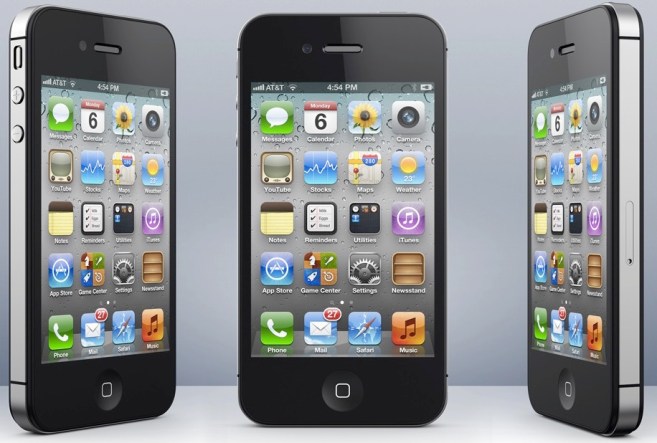China Telecom advertises intent to sell iPhone 6 supporting all networks with curious set of renders


If you thought things were messy with U.S. networks, Verizon and Sprint using CMDA and AT&T and T-Mobile using GSM, things are even worse in China – with WCDMA, CDMA2000, CDMA1X, GSM, TDD-LTE and FDD-LTE all in use by different carriers in different combinations.
The iPhone 6 may be about to make life a whole lot easier, though, with Sina (via ZDNet) reporting that the model sold by China Telecom at least will support all of the wireless networks in use in the country, based on a Weibo post by the carrier. Admittedly the image used in the Weibo above looks a little different than the general consensus we’ve seen before – they were created by Tomas Moyano and Nicolàs Aichino, and China Telecom likely downloaded them from Bēhance.
That aside, the message they are sending might be more interesting…

